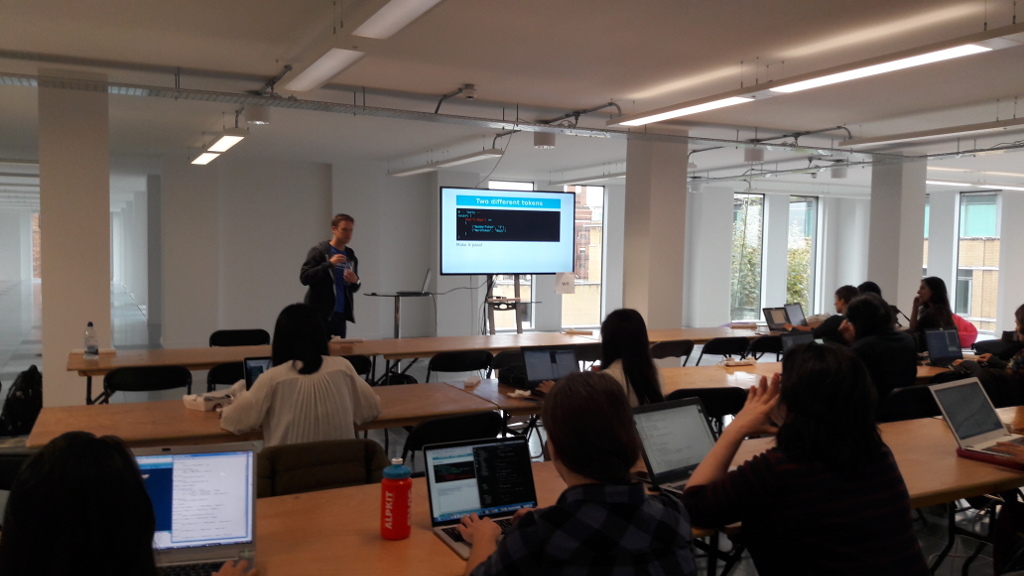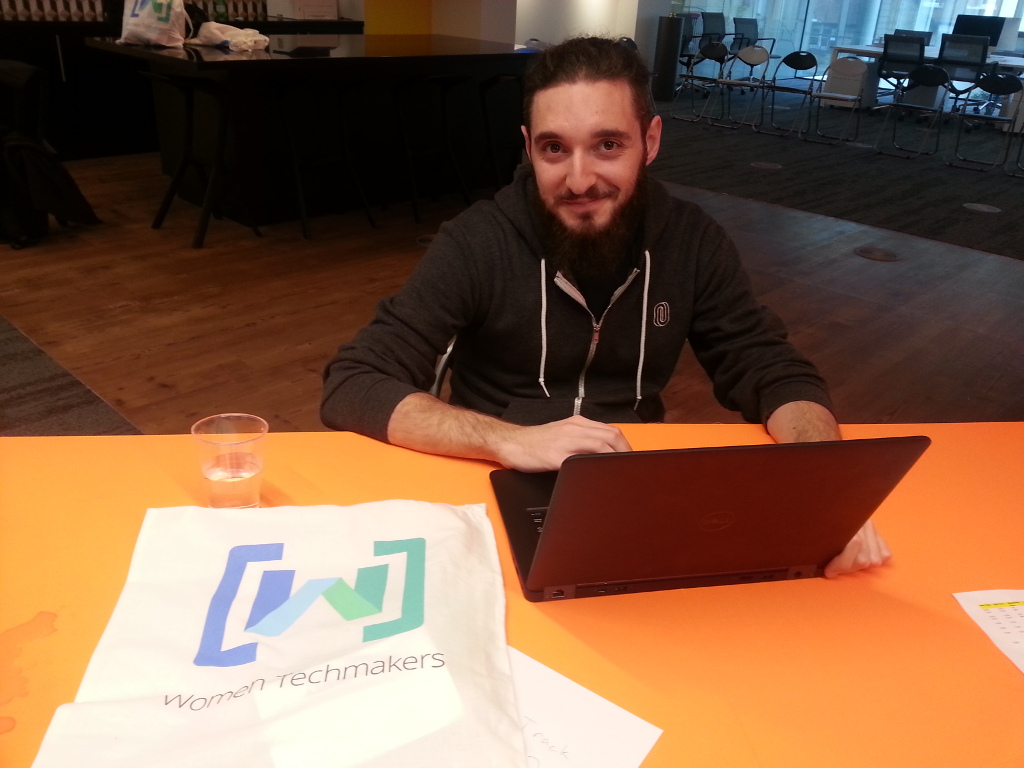Derek Jones from The Shape of Code
This is the 520’th post on this blog, which will be 10-years old tomorrow. Regular readers may have noticed an increase in the rate of posting over the last few months; at the start of this month I needed to write 10 posts to hit my one-post a week target (which has depleted the list of things I keep meaning to write about).
What has happened in the last 10-years?
- I no longer visit libraries, which are becoming coffee shops+wifi hot-spots where people who have librarian in their job title, hot desk; books, they are around here somewhere. I used to regularly visit libraries, particularly while working on my C book. No libraries have so far needed to be visited, for the writing of my evidence-based software engineering book,
- many old manuals, reports, books and magazines became freely available for download, via sites like the Internet Archive, Bitsavers and the Defense Technical Information Center; for second hand books there is AbeBooks. Site like Research Gate, Semantic Scholar and Google Scholar are fantastic sources for more recent work; for new books there is Amazon,
- Github became the place to make source code+stuff available,
- researchers in software engineering started to become interested in evidence-based research. In the UK the CREST Open Workshops were a fantastic series of events; I went to about a third of them, and there were often a couple of gold nuggets per event (a change of funding means running future events will require a lot more work),
- smart phones became the last, next, major software consumer ecosystem (capturing a large percentage of the world’s population means there is no room left for something bigger), and the cloud started on its path to being 99% of the commercial software ecosystem,
- Python joined the short-list to become the world’s primary programming language (assuming that people still run programs outside of the browser). The decline of PERL became very obvious, and work on adding new features to Cobol stopped (work on adding features to Fortran is still going strong),
- known faults are now being automatically fixed by modifying the source code (using genetic programming). This has yet to move out of research, but we all know where it’s going,
- whole program optimization of systems containing millions of lines of code became a viable option for commercial developers (a topic of late night discussion for compiler writers in the 1980s, and perhaps earlier decades, when having more than 64K of memory was treated as nirvana),
- after 20-years of being the only major open source compiler tool-chain, gcc got some serious competition. I originally predicted that llvm would disappear, failing to recognize that Apple were supporting it for licensing reasons,
- the death throes of Moore’s law went from subtle to, isn’t it dead yet?
I probably missed several major events hiding in plain sight, either because I am too close to them or blinkered.
What did not happen in the last 10 years?
- No major new languages. These require major new hardware ecosystems; in the smartphone market Android used Java and iOS made use of existing languages. There were the usual selection of fashion/vanity driven wannabes, e.g., Julia, Rust, and Go. The R language started to get noticed, but it has been around since 1995, and Python looks set to eventually kill it off,
- no accident killing 100+ people has been attributed to faults in software. Until this happens, software engineering has a dead bodies problem,
- the creation of new software did not slow down from its break-neck speed,
- in the first few years of this blog I used to make yearly predictions, which did not happen (most of the time).
Now I can relax for 9.5 years, before scurrying to complete 1,040 posts, i.e., the rate of posting will now resume its previous, more sedate, pace.




